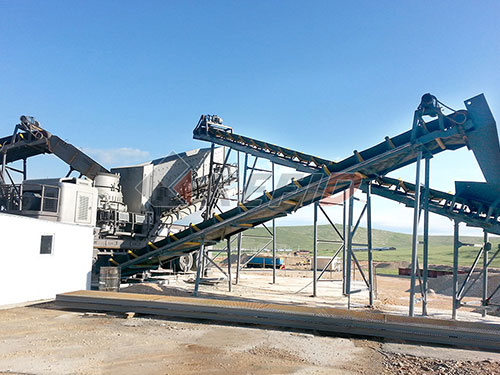Allis Chalmers 48″ X 60″ Jaw Crusher Parts
Critical Components: Maintaining Your Allis-Chalmers 48" x 60" Jaw Crusher
The Allis-Chalmers 48” x 60” jaw crusher stands as a significant piece of industrial heritage and robust engineering prowess. Primarily deployed in demanding primary crushing applications within mining and aggregate operations for decades, these machines were built to handle massive feed sizes and deliver consistent throughput under heavy loads.
While production of new Allis-Chalmers crushers ceased long ago, countless units remain operational worldwide thanks to dedicated maintenance teams and a reliable supply of replacement parts. Understanding the critical wear components of this specific model (often designated as Model 4860 or similar) is paramount for maximizing uptime, ensuring safety, and optimizing crushing performance.

Wear Parts & Their Function:
1. Jaw Dies (Stationary & Movable): The heart of the crushing action.
Stationary Die (Fixed Jaw Plate): Mounted directly onto the crusher frame.
Movable Die (Swing Jaw Plate): Mounted on the oscillating swing jaw.
Material: Typically high-grade manganese steel (e.g., 14%, 18%, or even 22% Mn) chosen for its exceptional work-hardening properties under impact.
Considerations: Dies are reversible/turnable to maximize wear life; profile design (e.g., smooth, corrugated) impacts product gradation; proper selection balances wear life against desired output shape.
2. Die Seats / Cheek Plates: Protect the main frame structure.

Located on both sides of the crushing chamber between the frame side liners and the outer edges of the jaw dies.
Directly absorb impact from feed material and protect the crusher body from excessive wear.
3. Tension Rods & Spring Assemblies: Critical for maintaining nip angle and absorbing shock loads.
Tension Rods: Heavy-duty rods that run through large coil springs at the rear of the swing jaw assembly.
Spring Assemblies: Provide constant pressure on the toggle block/seats to maintain proper die positioning during operation and allow temporary relief for uncrushables ("tramp iron"). Regular inspection for cracks or loss of tension is vital.
4. Toggle Plates & Seats / Toggle Blocks:
The toggle plate transmits force from the swing jaw motion to the fixed rear frame point via toggle seats


